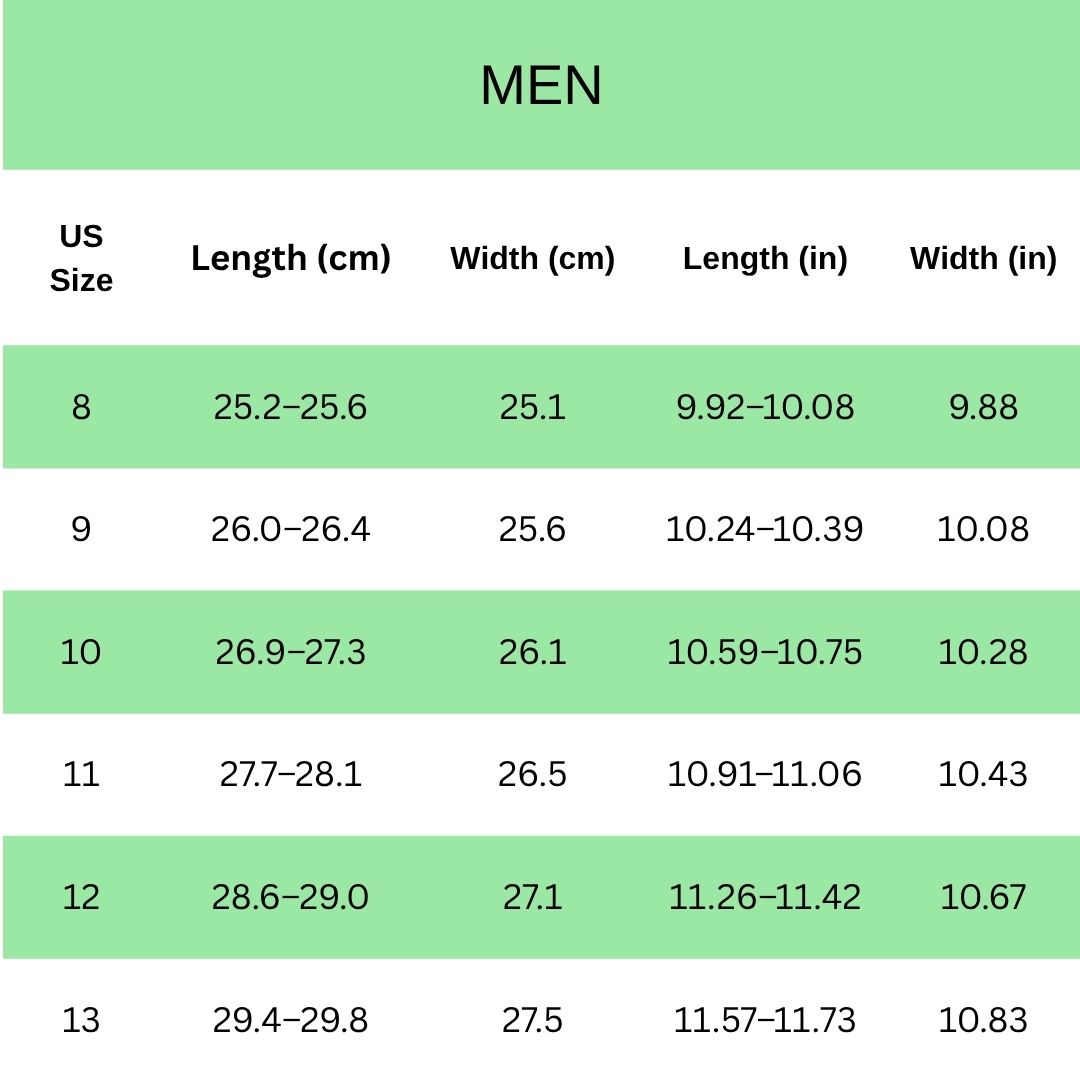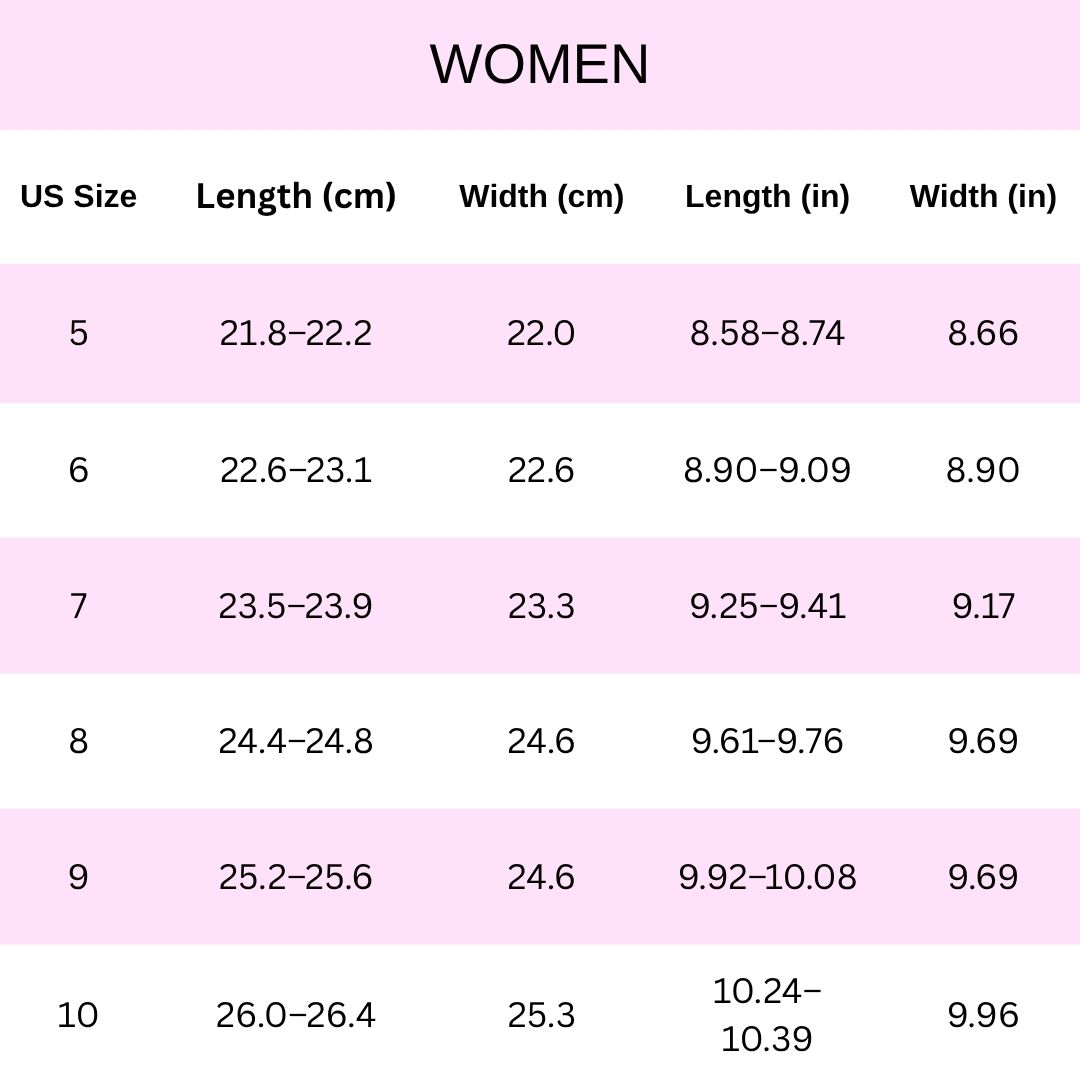Blog
Women’s Wellness 2025: A Holistic Approach to Lifelong Health

As 2025 unfolds, women’s health continues to evolve beyond treatment — toward prevention, personalization, and holistic well-being. Modern wellness now weaves together the physical, mental, and emotional, empowering women to thrive at every stage of life.
Below, we explore essential strategies across seven key areas — from nutrition and exercise to mental strength and self-advocacy — offering actionable steps for a vibrant, balanced life.
1. Nutrition: Nourishing from Within
Food is both fuel and foundation. A well-balanced diet sustains energy, stabilizes hormones, and protects against chronic disease.
- Core Nutrients: Aim for 1,000–1,200 mg of calcium daily (from yogurt, broccoli, or fortified cereals) to strengthen bones, and 15–18 mg of iron (from lentils, lean meats, or chickpeas) to support vitality and prevent anemia.
- Smart Balance: Build plates with 50% vegetables, 25% whole grains, and 25% protein. Reducing refined carbs helps maintain blood sugar and lower diabetes risk — a condition affecting 1 in 10 women globally.
- Hydration & Healthy Fats: Stay hydrated with 2.7 liters of fluids daily. Add omega-3s from walnuts or salmon to nourish your heart and brain.
- Practical Tip: Batch-prep nutritious meals, use herbs for flavor, and track your intake to spot nutritional gaps.
2. Exercise: Moving with Purpose
Movement strengthens not only the body but also the mind.
- Cardio Goals: Commit to 150 minutes of weekly aerobic exercise — from brisk walks to dance workouts — to cut heart-disease risk by 20%.
- Strength Training: Dedicate two sessions a week to resistance work (weights, yoga, or bands) to maintain muscle and bone density post-50.
- Balance & Flexibility: Include stretching or tai chi 2–3 times weekly for posture and injury prevention.
- Practical Tip: Start small — even 10 minutes a day counts. Add music or group classes for motivation and joy.
3. Reproductive Health: Lifelong Care
Regular attention to reproductive wellness supports overall longevity.
- Routine Screenings: Schedule Pap smears every three years from age 21 and mammograms every two years from 40.
- Hormonal Health: Track cycle changes to detect PCOS or fibroids early. Address heavy bleeding or pain promptly.
- Menopause Transition: Ease symptoms through balanced meals, gentle exercise, and relaxation. Consult professionals for tailored hormone or herbal options.
- Practical Tip: Use tracking apps and prepare questions ahead of gynecologist visits. Preconception? Add 400 mcg folic acid and moderate caffeine.
4. Mental Health: Strengthening from Within
Mental health is central to well-being — yet women face a 20% higher risk of mood disorders.
- Stress Relief: Try deep breathing or progressive muscle relaxation daily to reduce anxiety by up to 20%.
- Sleep Hygiene: Aim for 7–8 hours of restful sleep; chronic lack of rest doubles depression risk.
- Connection & Support: Foster strong relationships — social ties buffer stress and nurture happiness.
- Practical Tip: Keep a gratitude journal, take mindfulness breaks, and seek professional help when needed.
5. Preventive Care: Protecting Future Health
Proactive steps safeguard wellness over time.
- Heart Health: Check blood pressure (under 120/80 mmHg) and cholesterol yearly.
- Bone Strength: Get bone-density scans at 65 or earlier if risk factors apply. Pair calcium with 600 IU of vitamin D daily.
- Vaccines: Keep HPV, tetanus, and flu shots current.
- Practical Tip: Use health apps for reminders and perform a “wellness audit” every six months.
6. Emotional Health: Finding Balance
A steady emotional core enhances resilience in every season of life.
- Reflection: Set aside quiet time weekly to recharge — journaling, walking, or meditating.
- Social Bonds: Meet friends regularly; strong networks lower burnout by up to 25%.
- Boundaries: Protect your time and energy by saying no to draining commitments.
- Practical Tip: Treat self-care as a scheduled appointment. Join hobby groups to blend joy and connection.
7. Aging Gracefully: Thriving Through Every Stage
Aging gracefully is less about resisting time and more about embracing it with vitality.
- Menopause Support: Ease symptoms with hydration, herbal teas, and medical guidance when needed.
- Cognitive Vitality: Engage your brain with reading, puzzles, or new languages to reduce dementia risk.
- Mobility & Joy: Maintain movement through walking, gardening, or swimming — every bit sustains independence.
- Practical Tip: Celebrate milestones, adapt your home for comfort and safety, and nurture optimism daily.
8. Self-Advocacy: The Foundation of Empowered Health
Owning your health journey is the ultimate act of empowerment.
- Stay Informed: Keep records of tests and treatments.
- Ask Questions: Approach appointments as partnerships.
- Build Trust: Assemble a care team that respects your individuality.
- Practical Tip: Research conditions before visits, clarify your goals, and never hesitate to seek a second opinion.
The Future of Women’s Wellness
In 2025, health isn’t just about living longer — it’s about living fully. By integrating nutrition, movement, mindfulness, and proactive care, women can cultivate strength, serenity, and self-knowledge that radiate from within.
Your health is your legacy — and your greatest act of self-love. 🌿✨




